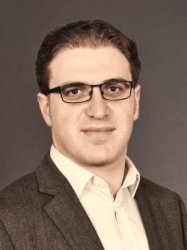BibTex format
@article{Zhao:2020:10.1109/tbc.2019.2932339,
author = {Zhao, J and Gunduz, D and Simeone, O and Gomez-Barquero, D},
doi = {10.1109/tbc.2019.2932339},
journal = {IEEE Transactions on Broadcasting},
pages = {216--228},
title = {Non-orthogonal unicast and broadcast transmission via joint beamforming and LDM in cellular networks},
url = {http://dx.doi.org/10.1109/tbc.2019.2932339},
volume = {66},
year = {2020}
}

